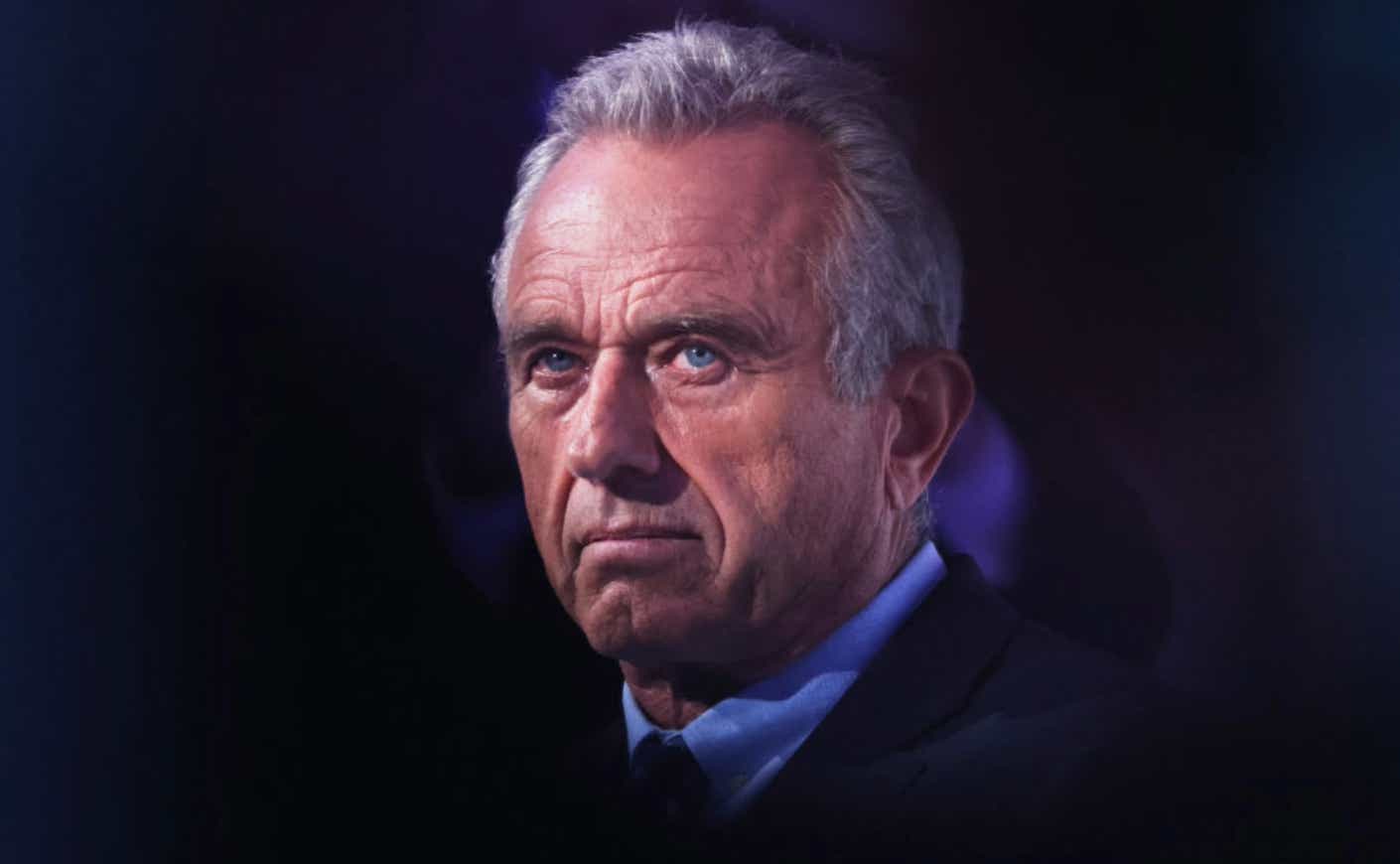Top officials across the Department of Health and Human Services were placed on leave, and countless other federal employees lost their jobs Tuesday as the Trump administration began its purge.
In a cruel twist, some federal workers didn’t realize they had been laid off until they arrived at their offices, only to find their badges no longer worked. Soon, two long lines of hundreds of employees stretched around HHS headquarters.
In total, HHS is expected to lose nearly a quarter of its workforce — cutting 10,000 jobs through layoffs and another 10,000 through early retirements and voluntary departures. While many affected employees are based in Washington, D.C., thousands also work in Atlanta, home to the Centers for Disease Control and Prevention, and in smaller offices across the country.
This comes after Health Secretary Robert F. Kennedy Jr. announced a sweeping plan to overhaul the department, which includes the Centers for Medicare & Medicaid Services (CMS), Food and Drug Administration (FDA), Centers for Disease Control and Prevention (CDC), and National Institutes of Health (NIH), among others.
With some of these agencies responsible for tracking disease outbreaks and funding medical research, concerns are mounting over how these cuts could impact public health. After all, there’s an ongoing measles outbreak already affecting Texas and Ohio. “They may as well be renaming it the Department of Disease because their plan is putting lives in serious jeopardy,” Democratic Sen. Patty Murray said ahead of the cuts on Friday.
Here’s a closer look at the U.S. health agencies that will be hit the hardest.
Which U.S. health agencies will be impacted the most?
One of the hardest-hit agencies is the CDC’s National Institute for Occupational Safety and Health (NIOSH), which employs over 1,000 staff members. While its headquarters are in Cincinnati, NIOSH has a significant presence in cities like Pittsburgh, Spokane, and Morgantown, W. Va., where employees now face growing uncertainty. Cuts to other CDC divisions, such as the Office on Smoking and Health and the Global Health Center, have raised additional worries. Dr. Tom Frieden, former CDC director under President Obama, warned that these reductions could cripple efforts to curb smoking, calling it “a gift to Big Tobacco” that could result in more addiction, disease, and death.
The CDC’s broader downsizing, aimed at transitioning the agency into a “smaller, infectious disease agency,” is also being met with alarm. Experts like Dr. Georges Benjamin caution that this shift could dismantle essential programs and partnerships vital for preventing deaths and responding to public health crises.
Meanwhile, at the FDA, the fallout has been just as stark. Dozens of staffers overseeing drugs, food, medical devices, and tobacco products have been shown the door, including the entire team responsible for drafting new regulations on e-cigarettes.
“The FDA as we’ve known it is finished,” wrote former Commissioner Robert Califf, who stepped down at the end of the Biden administration. “Most of the leaders with institutional knowledge and a deep understanding of product development and safety are gone.”
The Centers for Medicare and Medicaid Services may have dodged the worst of the cuts, sparing the health insurance programs that cover nearly half of Americans — many of them low-income, disabled, or elderly — from immediate crisis. But the damage is still real: The Office of Minority Health (whose purpose was to “improve the health of racial and ethnic minority populations through the development of health policies and programs”) has been gutted, and its webpage has gone dark.
Has there been any pushback?
Lawsuits are mounting against Trump’s cuts to the federal workforce. Most recently, the National Treasury Employees Union sued over his executive order stripping thousands of workers of their collective bargaining rights with government agencies. The union argues that this move not only violates labor rights and the U.S. Constitution, but also threatens its very existence.
Democratic attorneys general and governors from 23 states, along with Washington, D.C., have sued HHS and Secretary Kennedy, challenging the department’s abrupt rollback of roughly $11.4 billion in funding. They argue the rollback is unlawful, saying the funds — though initially allocated during the COVID-19 pandemic — were always intended to support long-term public health initiatives, including addiction treatment and suicide prevention.
“Slashing this funding now will reverse our progress on the opioid crisis, throw our mental health systems into chaos, and leave hospitals struggling to care for patients,” New York Attorney General Letitia James warned in a statement.
HHS, however, is standing by its decision: The agency argues that with the pandemic over, the funds aren’t necessary. The HHS “will no longer waste billions of taxpayer dollars responding to a non-existent pandemic,” the HHS Director of Communications Andrew Nixon said in a statement, adding that it will redirect resources to other priorities, such as the need to “address our chronic disease epidemic and Make America Healthy Again.”
With lawsuits piling up and political tensions rising, the outcome of these legal battles could reshape not only the rights of federal workers but also the long-term stability of public health funding. What happens next will determine whether these cuts stand — or if the courts will force a course correction.









